Table of content
Ice plant, scientifically known as Mesembryanthemum crystallinum, is a succulent herb native to coastal regions of South Africa but now cultivated and foraged in various parts of the world. Renowned for its crisp texture, salty-sour flavor, and vibrant green leaves dotted with glistening “ice crystals,” this plant has gained popularity as a culinary ingredient in salads, garnishes, and even fermented dishes. However, as with many leafy greens, a common question arises: Should ice plant be washed before consumption?
This article delves into the factors influencing this decision, from agricultural practices to food safety concerns, and provides actionable insights for home cooks, foragers, and health-conscious consumers.
Understanding Ice Plant: From Farm to Table
Before addressing the washing question, it’s essential to grasp how ice plant reaches your kitchen. Commercial ice plant is typically grown in two settings:
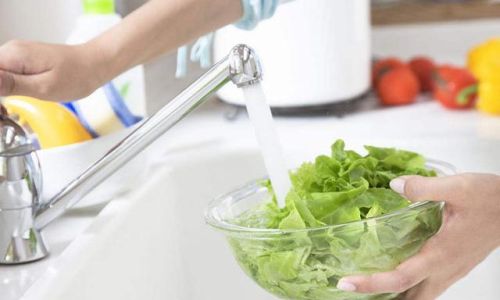
- Controlled Agricultural Environments: Farms adhering to organic or conventional standards, where pesticides, herbicides, or fungicides may be applied.
- Wild or Backyard Gardens: Plants harvested from natural habitats or home gardens, often grown without synthetic chemicals.
The cultivation method significantly impacts the need for washing. For instance, wild ice plant might accumulate dust, sand, or environmental pollutants, while commercially grown varieties could carry chemical residues. However, even organic produce isn’t immune to contamination—natural fertilizers like manure can introduce harmful bacteria like E. coli or Salmonella.
Why Wash Ice Plant? Key Considerations
Removing Physical Contaminants
Ice plant’s succulent leaves are prone to trapping debris. Wild-harvested plants, in particular, may have:
- Sand and Soil: Stuck in the nooks of its fleshy leaves.
- Insects or Eggs: Hiding beneath the crystalline bladders (the plant’s water-storing cells).
- Pollen or Pollutants: From nearby roads, factories, or agricultural runoff.
Even if the plant looks clean, microscopic particles can linger. A thorough rinse under cool water helps dislodge these impurities.
Mitigating Microbial Risks
Leafy greens are notorious for harboring pathogens. While ice plant isn’t typically associated with outbreaks, it’s biologically similar to spinach or lettuce in structure. Washing reduces risks of:
- Bacteria: E. coli, Listeria, or Salmonella from contaminated soil or water.
- Parasites: Rare but possible if grown in areas with animal waste.
- Mold or Yeast: Especially in humid climates where the plant retains moisture.
Reducing Pesticide Residues
Conventional farms may use pesticides to protect ice plant from pests like aphids or mites. While the plant’s thick leaves might resist absorption, residues can still cling to surfaces. Washing with a mild vinegar solution (1 part vinegar to 3 parts water) or a commercial produce wash can help break down waxy coatings left by synthetic chemicals.
When Washing Might Be Optional
Despite these risks, some argue that washing ice plant is unnecessary. Here’s why:
Organic or Homegrown Plants
If you grow ice plant in a pesticide-free garden or source it from a certified organic farmer, the likelihood of chemical contamination is minimal. However, organic doesn’t equate to “dirt-free”—soil, pollen, or animal droppings could still adhere to leaves.

Minimal Environmental Exposure
Plants grown in pristine environments (e.g., rooftop gardens, isolated coastal regions) might have fewer pollutants. Yet, even in such settings, wind or rain can carry contaminants.
Cooking Applications
If you plan to cook ice plant (e.g., sautéing, boiling, or fermenting), high heat can kill most pathogens. However, washing is still advisable to remove grit before cooking, as heat doesn’t eliminate physical debris.
The Debate: To Wash or Not to Wash?
The answer hinges on three factors: source, intended use, and personal risk tolerance.
| Scenario | Recommendation |
|---|---|
| Wild-harvested ice plant | Always wash (and inspect for insects) |
| Store-bought, non-organic | Wash thoroughly; consider vinegar soak |
| Organic/homegrown | Rinse briefly; focus on removing visible dirt |
| Cooked dishes | Wash to remove grit, even if cooking |
| Raw consumption (e.g., salads) | Mandatory wash to reduce microbial risks |
How to Wash Ice Plant Properly
Washing ice plant isn’t as straightforward as dunking it in water. The plant’s delicate leaves and crystalline bladders require gentle handling. Follow these steps:
- Trim and Sort: Remove wilted or damaged leaves, as they may harbor spoilage bacteria.
- Cold Water Rinse: Submerge the plant in a bowl of cold water. Swirl gently to dislodge debris. Avoid hot water, which can wilt the leaves.
- Vinegar Soak (Optional): For non-organic produce, soak for 5 minutes in a vinegar-water solution to neutralize pesticides. Rinse afterward.
- Salad Spinner or Towel Dry: Pat dry with a clean cloth or use a salad spinner to remove excess moisture. This prevents sogginess in recipes.
Expert Opinions and Studies
Food safety experts generally advocate washing all leafy greens, including succulents like ice plant. A 2020 study by the International Journal of Food Microbiology found that washing reduced bacterial loads on leafy greens by up to 90%. However, the same study noted that washing doesn’t eliminate all pathogens, emphasizing the importance of sourcing from reputable growers.
Organic farming organizations, like the Soil Association, recommend washing organic produce not due to chemical fears but to remove natural contaminants like soil. For wild foragers, the U.S. Food and Drug Administration (FDA) advises thorough washing of wild-harvested plants to mitigate hepatitis A and norovirus risks.
Cultural Practices and Regional Variations
In ice plant’s native South Africa, it’s often consumed raw with minimal washing, as coastal environments have lower pesticide use. In contrast, Japanese chefs who incorporate ice plant (kanicho) into sushi or salads typically rinse it meticulously, reflecting strict culinary hygiene standards.
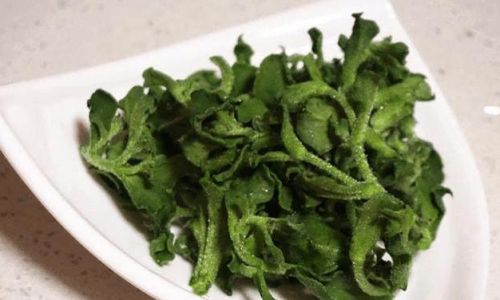
In Mediterranean regions, where ice plant is sometimes used in traditional dishes, washing practices vary. Some cooks swear by a quick rinse, while others soak leaves in saltwater to enhance crispness—a method that incidentally reduces microbial loads.
Balancing Nutrition and Safety
Ice plant is prized for its nutritional profile: rich in vitamin C, beta-carotene, and antioxidants like betalains. However, over-washing can leach water-soluble nutrients. To preserve benefits:
- Wash just before use (not days in advance).
- Use minimal water and avoid soaking beyond 10 minutes.
- Cook lightly to retain nutrients while killing pathogens.
Special Cases: Ice Plant in Fermentation
Fermented ice plant dishes, popular in Korean cuisine (ssukgat), require washing to prevent spoilage. Lactic acid bacteria dominate the fermentation process, but residual dirt or microbes can cause off-flavors or mold.
Conclusion: A Risk-Based Approach
The decision to wash ice plant boils down to balancing convenience, nutrition, and safety. While optional in pristine, controlled environments, washing remains a prudent step for most consumers. By understanding your plant’s origin, inspecting for contaminants, and using gentle cleaning methods, you can enjoy ice plant’s unique flavor without compromising health.
Ultimately, whether you choose to wash or not, one truth remains: ice plant’s culinary versatility and nutritional value make it a worthy addition to any kitchen—provided it’s handled with care.

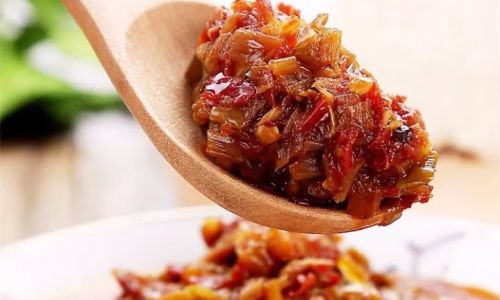
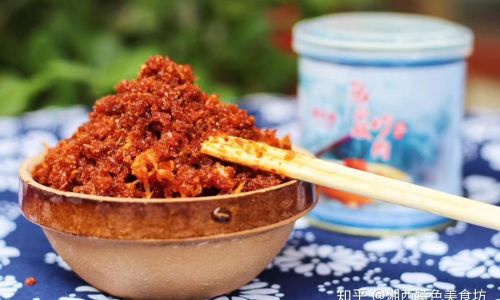

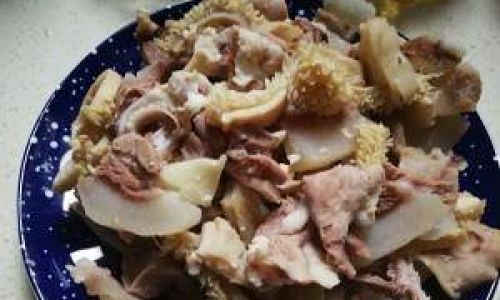

0 comments